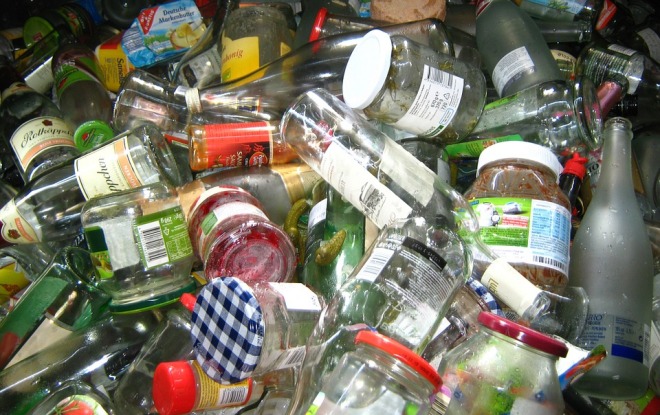Cities across the world are considering or have already changed the way that they charge for residential waste pick-up. Regina, Saskatchewan is seeking to reduce their waste using a similar approach. The City wants to charge residents for trash pick-up based on the size of the bin used. Thereby, households that produce more waste would be charged higher than those that produce less waste.

The ‘user-pay’ garbage system is thought to be an effective way at diverting waste from the City’s landfills however it does not necessary address the root causes of waste. Should this new user-pay system be put into law, it will of course cause many households to examine their waste output. This is a great thing and it could absolutely cause waste creation to lower in Regina.
The negative though is that some households may turn to illegal or alternative means of dumping their waste. Similar to Ontario’s cap and trade system, the user-pay garbage system provides permission to households to produce high amounts of waste as long as they’re willing to pay for it.
As inconvenient as it may be to some households, charging residents for trash pick-up by way of the user-pay garbage system has reduced waste in communities across Canada and increased waste diversion efforts. It’s difficult to argue with those results!
The case of Regina is similar to others in Canada. Currently, they boast a waste diversion rate of up to 20 percent annually and have committed to improving that to 65 percent by 2020. Despite that commitment, analysts who have examined the situation have shared there remains no infrastructure in place to get the city above 25 percent. A user-pay garbage system could be a sizeable step towards getting to that 65 percent waste diversion rate.
Much like Toronto and other cities across Ontario, Regina does not have finite landfill space. The current Regina landfill is expected to only have 28 years left in its ability to handle capacity. After the city landfill is filled, government will have to build a new landfill elsewhere. Landfills are notoriously expensive to build and operate, creating more greenhouse gas emissions, more environmental hazards, and more waste.
We can all agree on the fact that cities from Vancouver and Regina to Toronto and Hamilton have growing waste management issues. How to handle and resolve these waste management issues is a matter of debate. That said, charging residents for trash pick-up as a means of reducing residential waste has been shown to work at accomplishing waste management goals.
Though it may not seem fair to some households, in large part, a user-pay garbage system will likely work wonders at improving waste diversion. It’s not the only effective strategy out there however. It’s going to take time for people, small businesses, corporations, and government to catch up. Limiting single-use items, improving recycling processing access, new recycling technologies, and more all show us a promising future for how waste is handled in Canada.
For anyone who wants high quality waste management services in a residential or commercial property, we can help. As an experienced Toronto waste management company, we service the GTA and outwards. Contact Core Mini Bins today to speak with a representative and together, we can find a cost-effective solution for your waste management needs.








